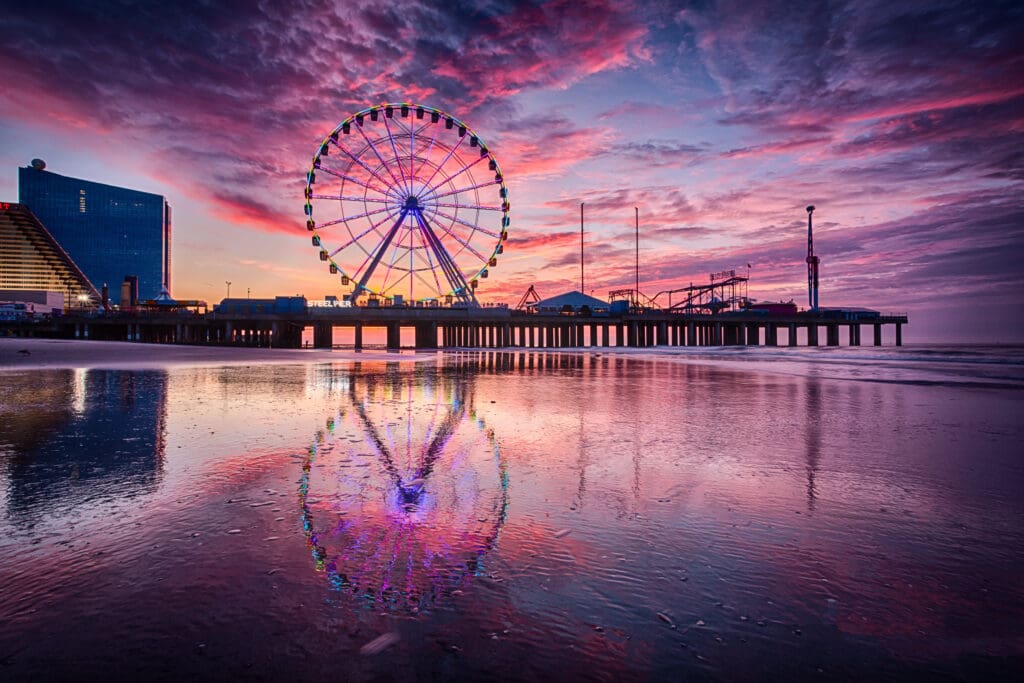The narrative around Atlantic City has been written and rewritten more times than a casino’s odds sheet. Most stories focus on what the resort town was, what it lost, or what it might become. Few examine what it actually is today: a city in transition, offering experiences far beyond the familiar ring of slot machines.
After spending three days exploring Atlantic City—while trying to limit my gambling, which is typically difficult for me—I reframed my expectations and took a deep dive into a city undergoing a quiet renaissance. This transformation isn’t measured in gaming revenue, but in cultural investments, culinary innovation, and authentic neighborhood development.
Day One: Water Views and Local Flavors
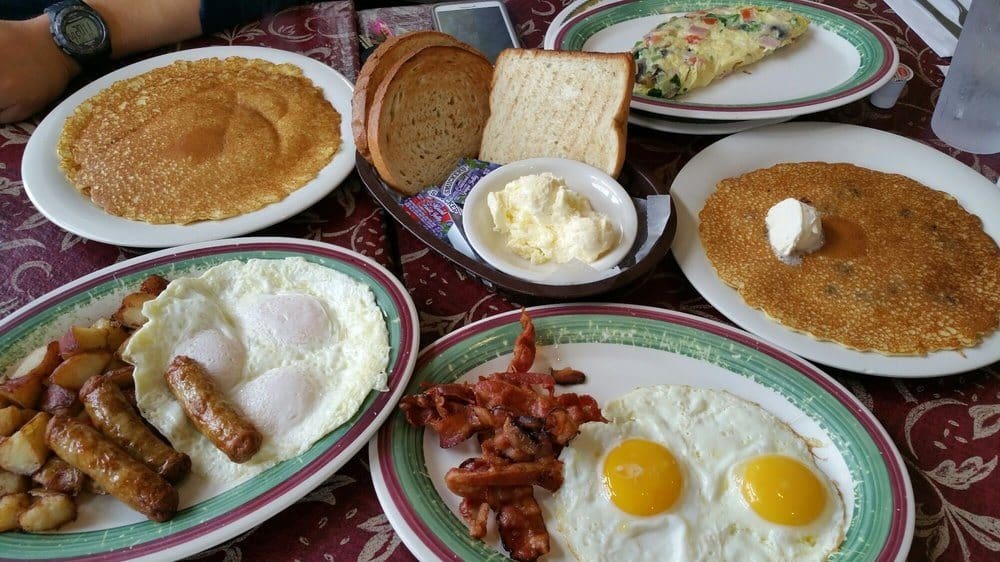
Start your morning at Gilchrist Restaurant on North Rhode Island Avenue, a fixture since 1946 that embodies Atlantic City’s enduring character. The historic breakfast spot serves simple comfort food that has drawn locals and visitors for nearly eight decades. Gilchrist’s famous hotcakes arrive golden and substantial, paired with ingredients that reflect the restaurant’s commitment to quality over flash.
The casual atmosphere contrasts immediately with the resort corridor’s manufactured experiences. Here, conversations flow between longtime residents and curious tourists, creating the kind of interactions that define real destinations—not entertainment complexes.
Next to Gilchrist in Historic Gardner’s Basin, hop on a morning skyline cruise with Atlantic City Cruises. Departing from 800 North New Hampshire Avenue, the cruise launches from the city’s working waterfront, where commercial fishing boats mingle with recreational vessels. This basin is a reminder of Atlantic City’s maritime heritage, often overlooked by visitors focused on the boardwalk.
The skyline cruise offers perspective on the city’s layout and development. From the water, Atlantic City’s relationship with the ocean becomes clear: this is fundamentally a coastal community that happens to host casinos—not the other way around. The morning breeze and panoramic views reveal a city far larger and more layered than its tourist corridor.
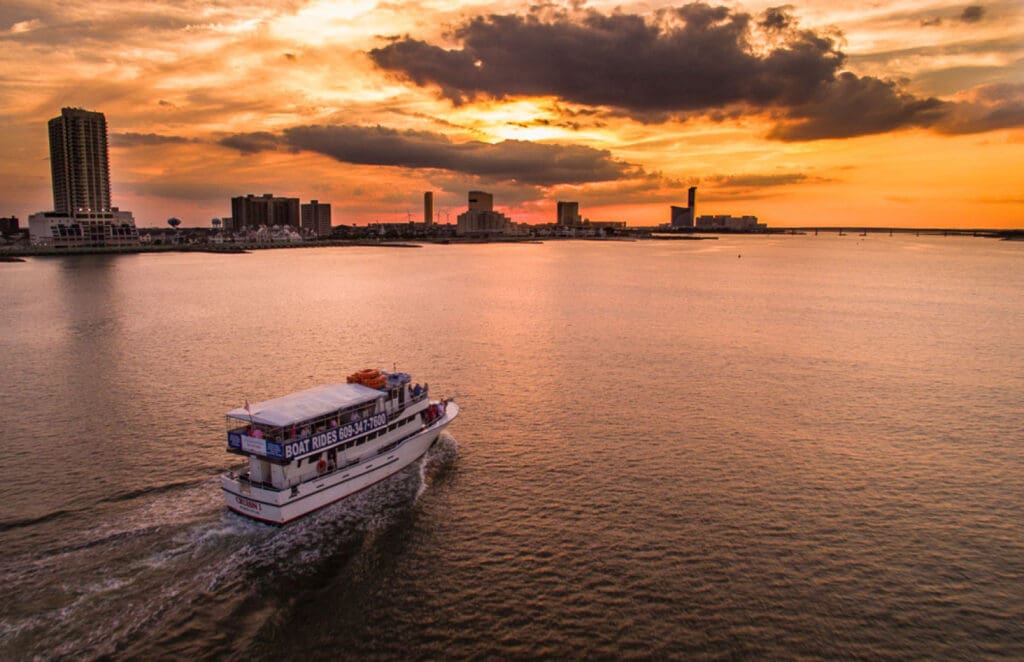
The captain’s commentary touches on local maritime history, conservation efforts, and fishing’s role in the regional economy. These insights link Atlantic City to the broader South Jersey coastal ecosystem, positioning it as part of a larger cultural and geographic region.
For lunch, travel south to The Queen Bean Bistro in Ventnor City, located at 4800 Boardwalk. This oceanfront café is part of a restaurant scene that prioritizes quality ingredients and creative preparation over generic fare. The bistro’s clean ingredient philosophy and inventive coffee drinks reflect how local entrepreneurs are raising the culinary bar.
Queen Bean’s BYOB policy, common under New Jersey liquor laws, fosters a relaxed dining experience that encourages lingering. The breakfast and lunch menus spotlight regional ingredients, from South Jersey produce to locally caught seafood.
In the afternoon, cool off at Island Waterpark at Showboat Resort, which opened in summer 2023 as the world’s largest indoor beachfront waterpark. A retractable roof allows year-round operation, while eleven slides, a splash pad, and a lazy river offer family fun with zero connection to gambling.
The waterpark represents significant investment in non-gaming attractions, underscoring Atlantic City’s push to diversify. Its design emphasizes natural light and ocean views, linking indoor recreation with the surrounding landscape.
As evening approaches, walk the boardwalk itself—America’s first and Atlantic City’s most iconic feature. Built in 1870 to keep sand out of hotels and trains, it now stretches five miles and serves as the spine of the resort district.
The early evening is ideal: the sun softens, the breeze cools, and the boardwalk comes alive. Steel Pier, originally opened in 1898, juts 1,000 feet into the Atlantic and combines classic amusements with modern rides. The Ferris wheel offers sweeping views of the coastline and the city’s neighborhoods.
The boardwalk is where all walks of life converge: joggers, families, seniors, and first-time visitors. This diverse mix creates authentic urban energy that transcends seasonal tourism.
Day Two: Culture and Community
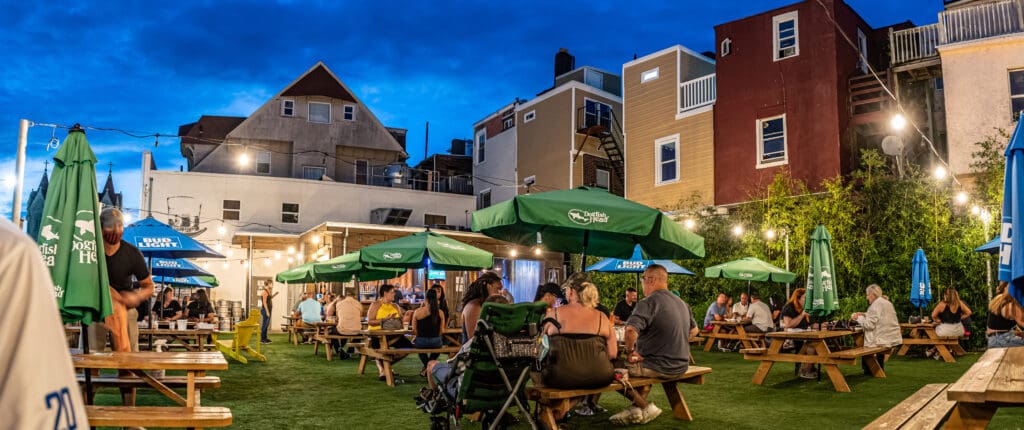
Begin at Tennessee Avenue Beer Hall, located at 133 South Tennessee Avenue in a repurposed church. With over 100 craft beers, modern cocktails, and elevated pub fare by Chef Charles Soreth, it’s a shining example of how historic spaces can become vibrant community hubs.
The beer hall meets a clear demand for sophisticated dining that appeals to both tourists and locals. Its events—live music, trivia nights, and more—anchor it in the city’s social fabric beyond the tourism sector.
From there, take a guided or self-guided mural tour of the Orange Loop district, led by Michael Atkins of the Atlantic City Arts Foundation. The foundation runs the city’s largest public art program, producing murals that celebrate community identity and history.
The tour showcases Atlantic City’s investment in cultural programming that speaks to both residents and visitors seeking real urban experiences. These murals transform once-neglected spaces into colorful destinations.
Orange Loop also reflects grassroots development: artist studios, gardens, and small businesses revitalizing the neighborhood without relying on top-down planning. These organic changes give the district a texture and authenticity often missing from purely tourist-oriented areas.
Later, unwind at Ocean Casino Resort’s outdoor pool and cabana area. No gambling is required to enjoy oceanfront views and coastal relaxation. The facility emphasizes the city’s natural assets—sea breezes, surf sounds, and blue horizon—creating a setting no slot machine can replicate.
Evening dining at Council Oak Steaks & Seafood at Hard Rock Hotel & Casino highlights the city’s growing culinary depth. The restaurant features USDA Prime cuts grilled over wood fires and Josper coal ovens, enhancing flavor with technique over gimmick.
Council Oak’s wine list and lounge seating create a refined atmosphere. Live entertainment adds ambiance without competing with the meal, rounding out an experience that speaks to Atlantic City’s evolving identity.
Day Three: Tradition and Innovation
Start with breakfast at Sunny’s at Ocean Casino Resort, where contemporary American cuisine gets an oceanfront backdrop. The atmosphere is airy, the menu creative, and the approach represents a shift away from bland buffets toward chef-driven hotel dining.
Sunny’s exemplifies the rise of resort eateries that could stand alone in any city. The emphasis on bold flavors and fresh ingredients reflects national trends toward elevated hospitality.
Spend your morning exploring Atlantic City’s neighborhoods beyond the boardwalk—especially around Tennessee Avenue and the Orange Loop. These areas reveal daily life outside the tourist lens: historic homes, community gardens, and local businesses serving year-round residents.
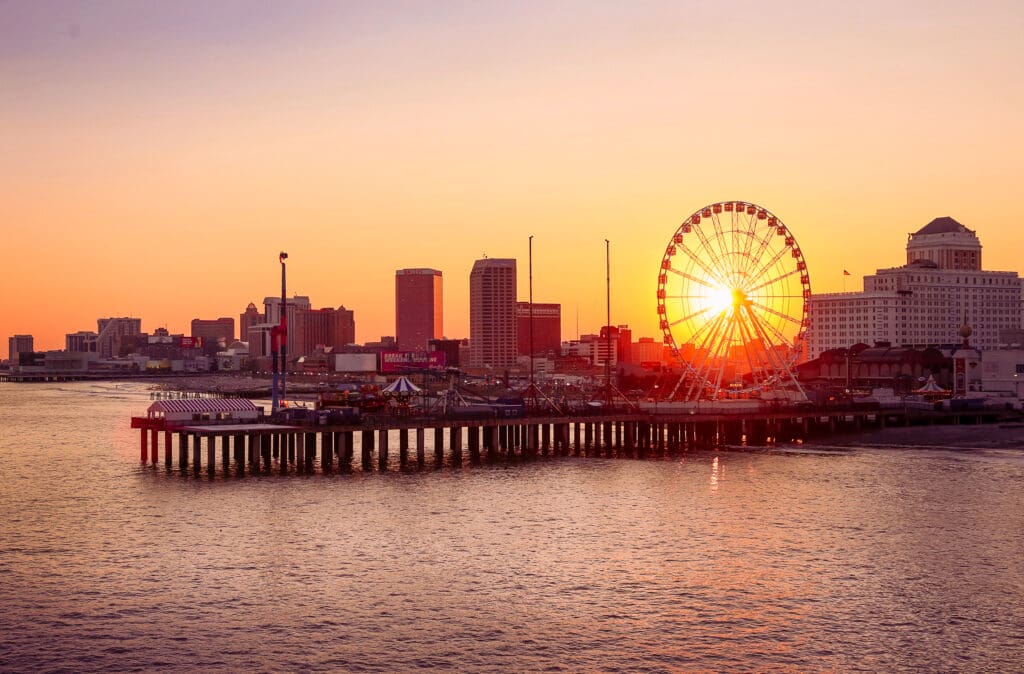
Walk through the Chelsea and South Inlet neighborhoods to see how people live, work, and build community. This is the side of Atlantic City that’s rarely promoted but deeply rooted.
For lunch, visit Setaara at 2322 Arctic Avenue, an Afghan restaurant founded by Abdullah Panah—a Stockton University graduate and local medical resident. His decision to open here reflects belief in the city’s future and hunger for diverse cuisine.
Setaara introduces Afghan dishes rarely found in South Jersey, proving how immigration can enrich a destination’s cultural and culinary offerings. Its success shows that locals and visitors alike are eager for new flavors and stories.
Panah’s journey captures Atlantic City’s emerging identity: young professionals investing in its growth instead of looking elsewhere. His vision of “new experiences beyond casinos” is a roadmap for the city’s next chapter.
Spend the rest of the afternoon visiting more murals and community spaces created by the Atlantic City Arts Foundation. Public art here is more than decoration—it’s infrastructure, boosting civic pride and tourism alike.
These cultural investments signal a long-term commitment to residents and a desire to define Atlantic City by more than just entertainment.
The Evolving Landscape of Atlantic City
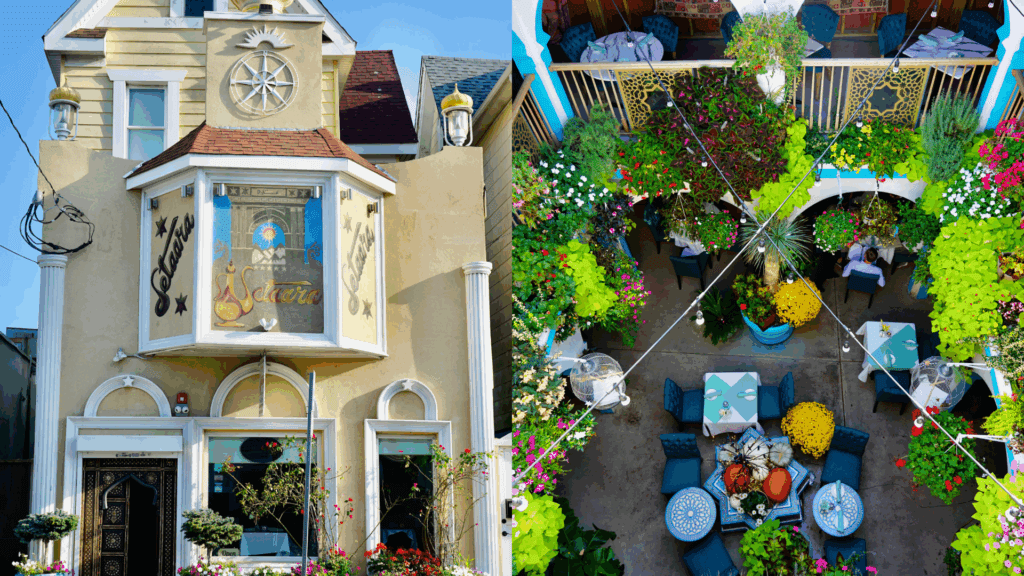
Atlantic City’s transformation isn’t about isolated attractions. It’s about infrastructure, education, and economic development laying the foundation for a sustainable future.
Stockton University’s presence—through its academic programs and the Noyes Arts Garage—brings year-round cultural and intellectual capital to the city. These institutions expand the city’s draw beyond seasonal tourism.
Restaurants like Tennessee Avenue Beer Hall, The Queen Bean Bistro, and Setaara show how local entrepreneurs are serving residents, visitors, and creative professionals. These businesses thrive by offering something authentic, personal, and future-facing.
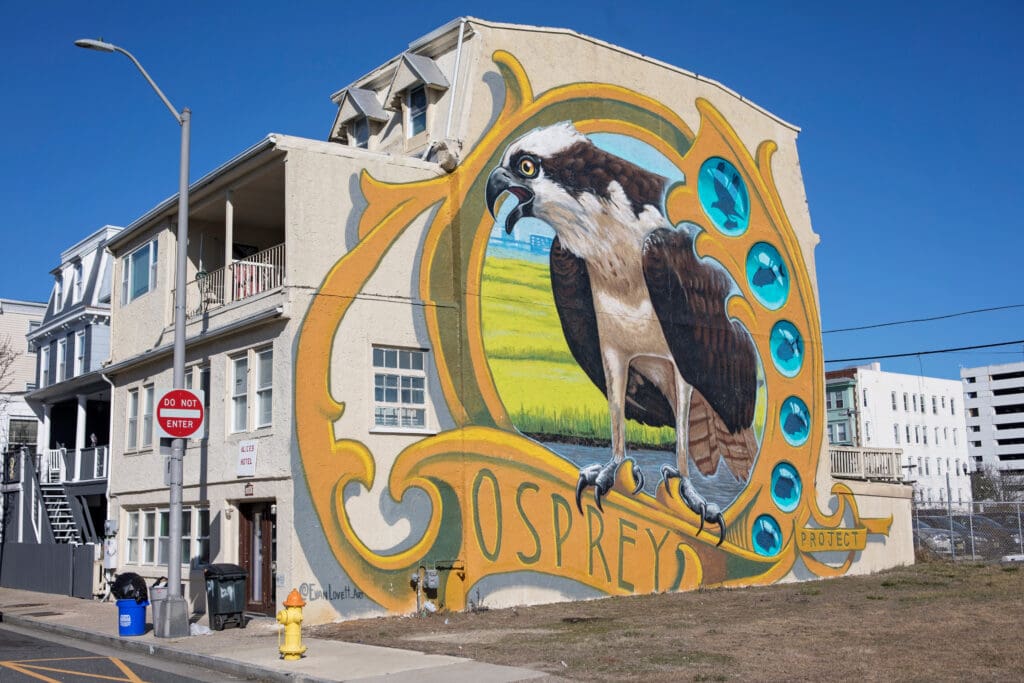
Public art through the Atlantic City Arts Foundation has redefined underutilized spaces, turning blank walls into focal points. These murals give people reasons to walk, explore, and engage.
Island Waterpark at Showboat proves the city can succeed with major non-gaming entertainment. Its family-friendly, year-round design speaks to a future where Atlantic City welcomes all generations.
Housing development now leans toward mixed-income and preservation efforts, stabilizing neighborhoods and supporting a population base that businesses depend on. These choices build character and long-term viability.
Beyond Gaming Revenue
Three days in Atlantic City without gambling reveal something clearer: this is a destination operating on multiple levels. The tourism infrastructure is still here—but now it coexists with neighborhood businesses, cultural institutions, and full-time communities.
Atlantic City’s natural assets—beaches, sunrises, and ocean air—can’t be replicated. Development strategies that embrace these gifts instead of ignoring them are paying off.
The city offers a blend of preserved history and forward-thinking innovation. Restored buildings, thriving restaurants, and public spaces now support both locals and visitors.
The combination of maritime heritage, creative food scenes, and community-focused investments creates a diverse and durable appeal. This approach may not bring gaming’s explosive profits, but it offers something better: resilience.
The work is far from over. Vacant lots and unrealized potential remain. But the city’s direction is clear: toward a more complex, stable, and genuine urban identity.
People like Abdullah Panah are betting on Atlantic City—not at the tables, but in its neighborhoods, kitchens, and storefronts. They see not a former playground, but a real city ready to evolve.
For anyone willing to look beyond the neon and noise, Atlantic City offers something remarkable: an emerging coastal community rich in stories, culture, and promise.
Tom is a lifelong New Jersey resident, Rutgers and FDU alumni and the publisher of The Digest.
- Tom Lavecchiahttps://thedigestonline.com/author/tom/
- Tom Lavecchiahttps://thedigestonline.com/author/tom/
- Tom Lavecchiahttps://thedigestonline.com/author/tom/
- Tom Lavecchiahttps://thedigestonline.com/author/tom/


